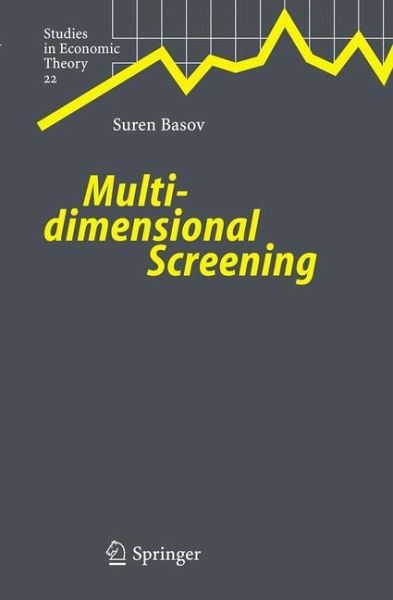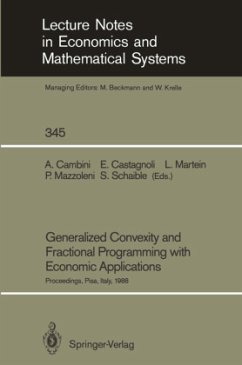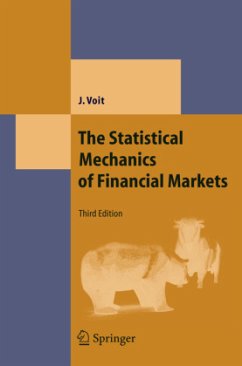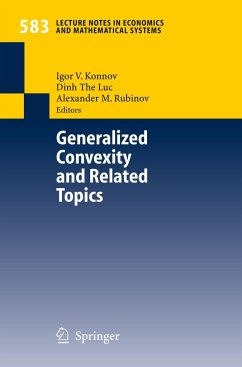
Multidimensional Screening

PAYBACK Punkte
38 °P sammeln!
The book brings into a focus all necessary mathematical knowledge necessary to understand the economics of multidimensional results screening and applies them straightaway to economic models. The first part of this book contains a review of vector calculus, the theory of partial differential equations, and the theory of generalized convexity. These techniques are extensively used in multidimensional screening models. Part II is devoted to the economics of sceening models. It starts with a detailed discussion of economics and mathematics of unidimensional screening problems and three approaches to their solution: direct, dual, and Hamiltonian. It uses the Hamiltonian approach to unify all known results, which were previously obtained using different arguments. Then the major difficulties with direct and dual approach in the multidimensional context are discussed and the Hamiltonian approach is used to provide the most complete characterization of the solution known in the literature.
In many industries the tariffs are not strictly proportional to the quantity purchased, i. e, they are nonlinear. Examples of nonlinear tariffs include railroad and electricity schedules and rental rates for durable goods and space. The major justification for the nonlinear pricing is the existence of private information on the side of consumers. In the early papers on the subject, private information was captured either by assuming a finite number of types (e. g. Adams and Yellen, 1976) or by a unidimensional continuum of types (Mussa and Rosen, 1978). Economics of the unidimen sional problems is by now well understood. The unidimensional models, however, do not cover all the situations of practical interest. Indeed, often the nonlinear tariffs specify the payment as a function of a variety of characteristics. For example, railroad tariffs spec ify charges based on weight, volume, and distance of each shipment. Dif ferent customers may value each of these characteristics differently, hence the customer's type will not in general be captured by a unidimensional characteristic and a problem of multidimensional screening arises. In such models the consumer's private information (her type) is captured by an m-dimensional vector, while the good produced by the monopolist has n quality dimensions.














